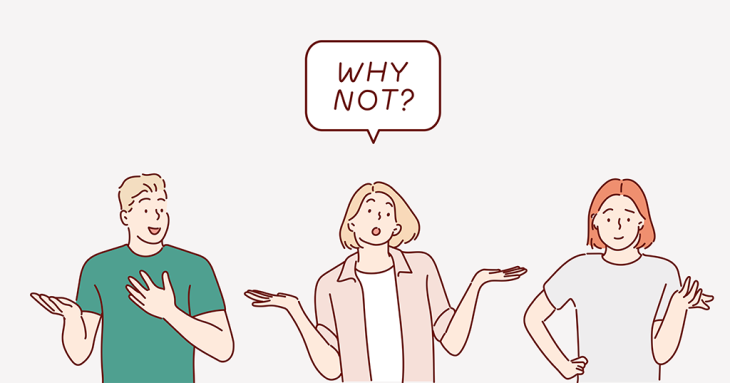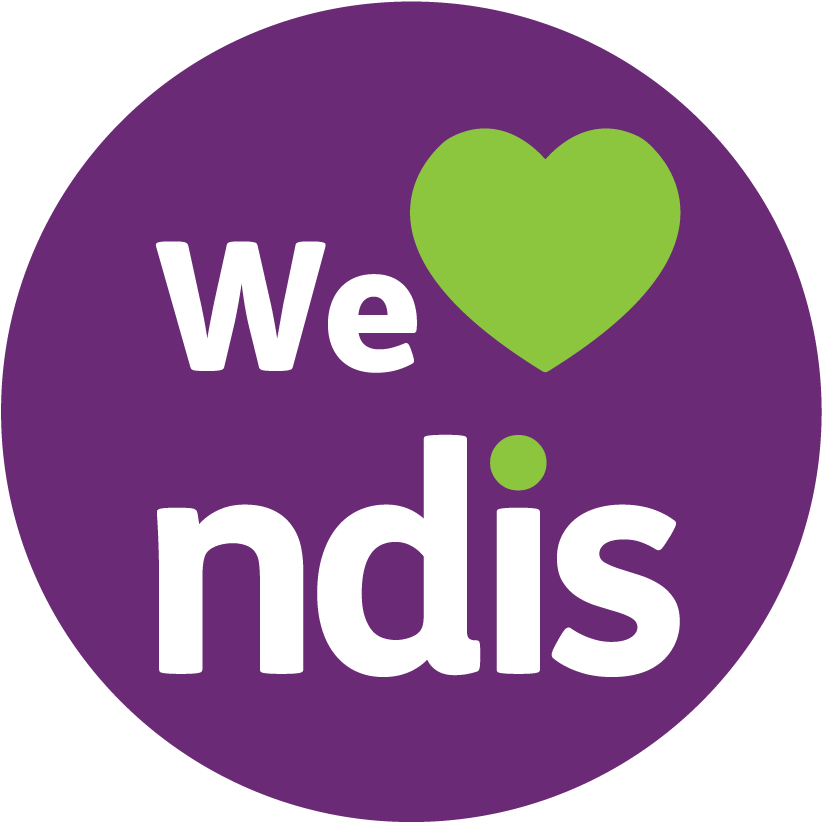Applying for the National Disability Insurance Scheme (NDIS) can be a layered process, with a significant amount of detail required to provide the organisation with the information they need. Given the far-reaching impact of the NDIS’ support, navigating through the system is worth the time and energy. The support is instrumental in assisting many Australians with daily independence and the achievement of their life goals.
If you’re preparing an NDIS application for the first time, there are a number of key steps you can take to simplify the process. It’s also important to note that not everyone is approved for access to the NDIS upon their first application – in some instances, more evidence of your circumstances may be required, or you may not fit the eligibility criteria. While this can be a frustrating and disappointing outcome, it’s essential to understand the options available to you if your first application isn’t approved.
Here’s our guide to simplifying the NDIS application process and what to do next if your application isn’t successful.
The NDIS application process
NDIS applications are assessed against access requirements, including whether or not the NDIS is available in your area, your age, residency status and the nature of your disability.
The first place to begin is by downloading an NDIS Access Request Form, as well as a Supporting Evidence Form. You can find more information here about how to complete an access request and commence the process of providing supporting information.
Once the National Disability Insurance Agent (NDIA) has received a valid access request, they’re required to respond within 21 days. It’s at this point you’ll learn whether your application has been approved, rejected or if further information is required.
Reasons an NDIS application may be rejected
In some cases, the NDIA may not approve an application for the NDIS. There are numerous reasons why this may be the outcome of their decision process, including:
- A lack of information
- Your disability isn’t classed as permanent or likely to be permanent
- Your disability isn’t classed as impacting upon your ability to carry out your daily activities
- You don’t meet all of the NDIS eligibility criteria, including residency status and age, or may not be classed with disability that needs ‘reasonable and necessary supports’, as stipulated by the NDIS
- Mainstream or community services are a better fit for your needs than the NDIS
The most important step you can take upon receiving a rejection to your application is to begin by understanding the reasons why. The NDIS will provide you with a written statement that outlines the reasons for their decision. It’s important to take the time to carefully review this statement to understand the basis for the decision.
You may also find that the NDIS has requested further information or supporting evidence. If this is the case, they’ll also provide you with a deadline for when they need to receive this by. Keep a close eye on these details, as you’ll need to remain within their timelines in order to keep the process moving along quickly and smoothly.
If you don’t agree with the decision, you have the right to appeal it through the NDIS’ internal review process. This process involves reviewing their decision and the evidence that was used to reach it, determining whether the decision was reasonable. You can request this internal review by contacting the NDIS and requesting a review of the decision.
If you’re not satisfied with the outcome of the internal review, there are further steps you can take. The Administrative Appeals Tribunal (AAT) is an independent body responsible for reviewing administrative decisions made by government agencies, and is available as an option for a further review.
You may find that upon review (whether internal or external), your NDIS application is still unsuccessful. If this is the case, you may still be able to access support through other government programs or private providers. Options that may be suitable for your needs include:
- Disability support services that are provided by your state or territory government
- Commonwealth-funded disability support services, such as the Disability Support Pension or the National Disability Insurance Agency’s Information, Linkages and Capacity Building program
- Private disability support services, including those offered by non-profit organisations or private companies
A number of community organisations and advocacy groups also work to provide assistance and guidance to those navigating the disability support system. These groups can provide a wealth of useful information as you look to build the right support structure for your needs.
Where you can find support
Local Area Coordinators (LACs) take the form of local community organisations who work with the NDIA to provide access to NDIS support. These teams bring a deep level of first-hand experience and knowledge to each of their customers, providing necessary information and support in their community and building inclusivity for people with disability.
LACs are vital once your access has been approved, forming a plan with you that is then sent to the NDIA for approval.
Enhanced Lifestyles works alongside many Australians with disability in their role as a not-for-profit disability services provider. Our work is grounded in a belief that our customers’ voices are the most important ones at the table. If you’re looking for support from a customer-focused LAC, connect with our team today to learn how we can support your continued autonomy and independence.







